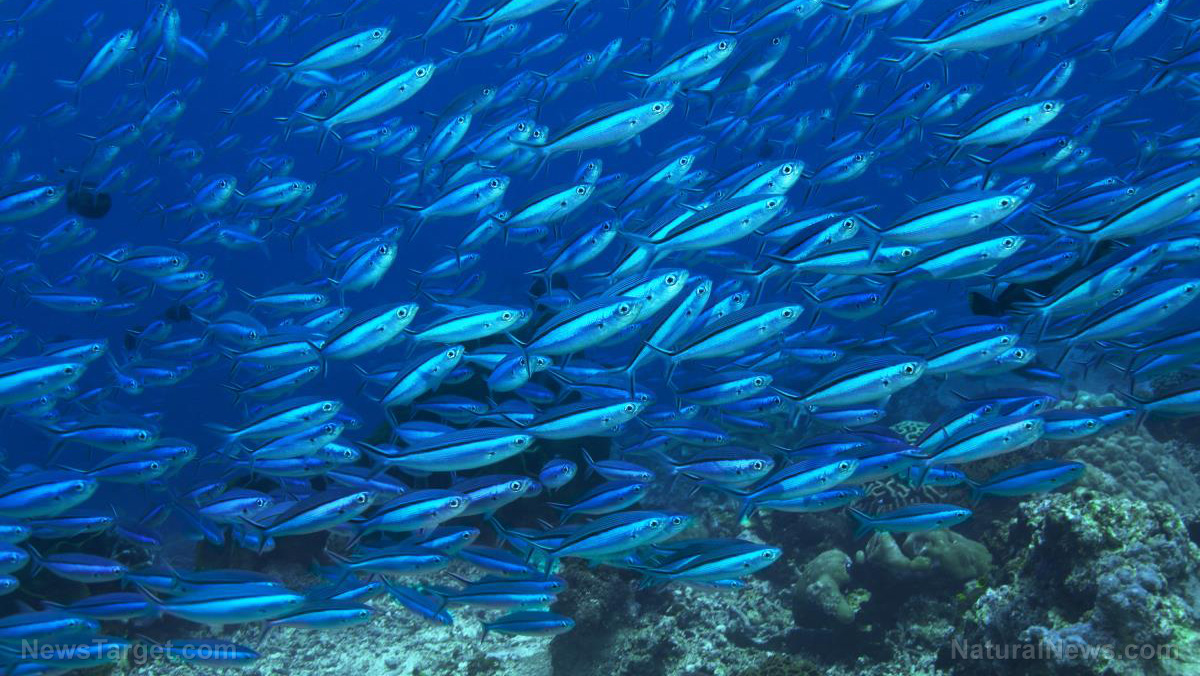
Turbidity currents, or deep-water sediment avalanches, are powerful flows that damages and breaks important seafloor infrastructure responsible for supporting global digital communications. Until the study was conducted, it has always been unclear how large these flows are and how often they happen. These turbidity currents occur 2,000 meters below sea level and moves large volumes of sediment and organic carbon over week-long periods. This process contributes to supporting sea-floor ecosystems and the regulation of climate change (through burial of organic carbon).
Published in the Science Advances journal, the findings of the study lead to new models of the processes of these expansive flows. Turbidity currents were previously difficult to monitor due to its depth and its capacity to destroy scientific and observational instruments placed in the its path. Until now, research was limited to a laboratory setting. Technology nowadays allows us to measure the underwater canyons and record the details of the behavior of flows accurately. The research team was awarded a Natural Environment Research Council grant to further their studies over the next four years.
According to Talling, these submarine flows can carry more sediment than all of the world's rivers combined. The findings show that there is much threat from powerful sea turbidity to seafloor structures, and may cause severe damages to global networks. These underwater cables provide energy and communication, much of which we rely on. Results of the research enable engineers to construct stronger pipelines and cables that can withstand or repel the strength of these natural forces. One of the instruments used to measure these currents is the Acoustic Doppler Current Profiler (ADCP). This device acts like a speed camera and measures water current velocities using ultrasonic pitches.
The Congo Canyon, which connects the Atlantic ocean to one of the largest rivers in the world, was where the researchers conducted the study. The ADCPs used in two sites were suspended 66 to 85 meters above the sea floor. The researchers discovered that the time it takes for currents to go down a canyon took weeks, rather than hours and minutes as previously inferred.
Previous studies showed that these flows have a structure, much like a snake with a head, body and tail. The head, which is the slowest-moving of all the parts, is propelled by the body and the tail. The studies at the Congo Canyon, however, show that the head speeds like a racing car, and leaves a trail of cloud and sand behind. It also self-perpetuates by picking up sand and mud from the seafloor, making it longer and longer as it goes down a canyon. This process buries carbon in deep sea, but researchers have yet to find out how it is buried and locked away.
The ocean is the largest deposit of carbon on the planet, and is important to global climate because ocean organisms remove carbon from the atmosphere via photosynthesis, turning it into calcium carbonate parts like shells and skeletons. If carbon is not buried, there will be an excess of carbon dioxide that humans and other animals cannot breathe.
Sources include:
Please contact us for more information.























